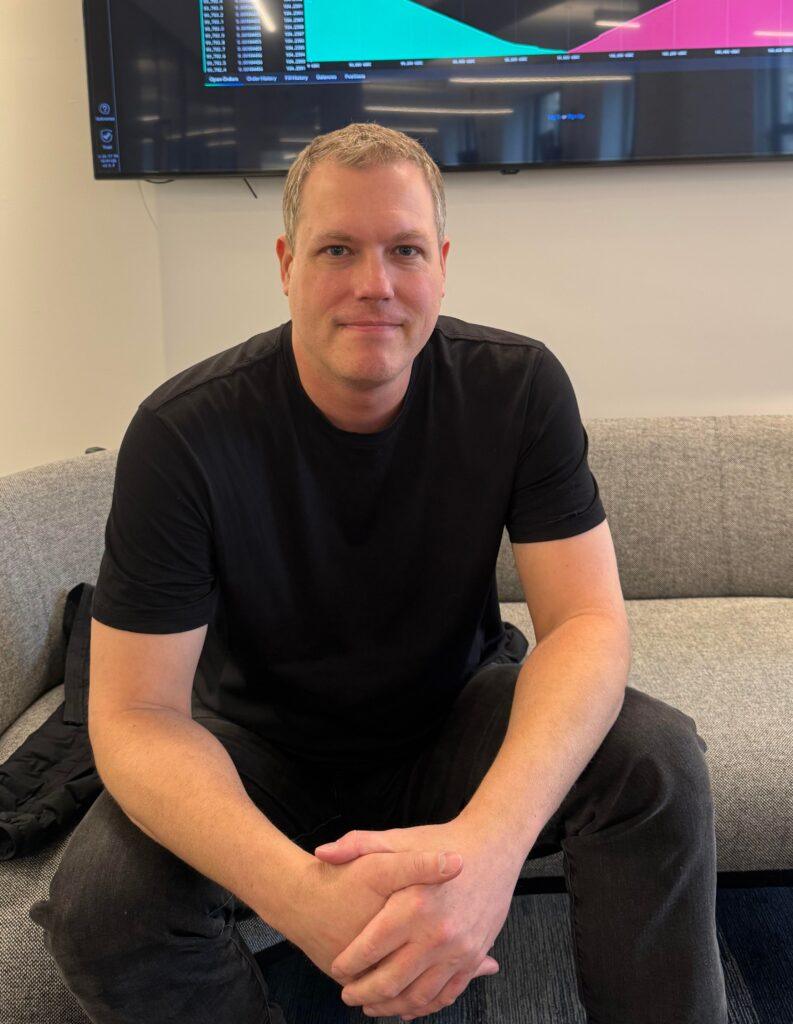Payments remain the Internet’s big unsolved use case. When we buy something online, we typically use a traditional payment method, like a credit card, which is not “native” to the experience. Your ability to transact with a merchant is verified by a third party (such as a bank), which increases costs and adds a lot of inconvenience for buyers and sellers.
Despite the enormous growth of online commerce over the past three decades, the majority of transactions occur outside of the browser. Marc Andreessen, creator of Netscape, has referred to this as the “original sin” of the Internet. “You’d think the most obvious thing to do was to build the ability to spend money into the browser, but you may have noticed that didn’t happen,” he said in 2019. “I think the original sin was that we couldn’t actually build the economy, that is, money, at the center of the Internet.”
This is important because the cost is enormous and we all bear it. Economists have estimated the total cost of retail payments in the United States at up to 2% of GDP, which is almost as much as the US defense budget. Merchants often cite the cost of processing credit cards as one of their highest operating expenses, which is why many will ask you to pay additional fees to use a card in a store, or set a minimum amount on the amount you must spend. The United States, for all its ingenuity, has one of the highest social costs of payments in the developed world, numerous studies show.
We tend to forget that Satoshi Nakamoto first proposed bitcoin as a “peer-to-peer electronic cash system” because many cryptocurrencies today do not focus on this use case. But perhaps the next version of cryptocurrency development will help solve that problem.
That’s certainly the hope of Tyler Spalding, the founder of Anvil, a new decentralized finance (DeFi) protocol that reconceptualizes credit, which is the foundation of all monetary systems.
how it works
Anvil is an Ethereum smart contract system that manages collateral and guarantees credit. It allows individuals and businesses to create letters of credit (LOC) instead of traditional forms of money. You use it by locking ether or USDC in the Anvil vault and receive a LOC for the specified amount. In effect, the system is a lot like a bank check cashed against your account, except there’s no paperwork, no delays, and no worries about whether the money will clear.
Spalding sees Anvil as a new form of money secured by cryptocurrencies. “By issuing transparent and generalizable credit, Anvil provides sustainable liquidity, essentially creating reliable money for the global economic system,” he said. “Decentralized permissionless technologies can transform the way collateral is managed by making the process more secure and transparent.”
At the protocol level, there are no fees for transacting with Anvil, Spalding said, and the technology is open source. It is community owned and has 60% of the governance token distribution to partners and users, who can vote on operational matters. Spalding, who previously co-founded Flexa, a blockchain-based payments network, sees use cases for Anvil in traditional lending, DeFi counterparty credit (for exchanges or liquidity providers), asset bridges, and payments. Three partners have indicated they want to create services using the protocol: Amdax, a digital asset trading and custody provider; Empowermint, which offers retail cash loans; and Flexa, which uses the asset collateralization protocol against payments on its network. Because Anvil is open source, these partners use the protocol freely and create their own services.
Anvil has no investors. The protocol was pioneered by Spalding and his collaborators during two years of development. Their systems were audited by Open Zeppelin and Trail of Bits, and Immunefi organized two bug bounty programs to find flaws that needed to be fixed. Spalding feels confident that the system is secure for his ambitious goal of disintermediating banks in payments and the traditional credit issuance process.
“We’ve been doing it for a long time. We love this stuff,” Spalding said of his goal of bringing native payments to the internet and atoning for Andreessen’s original sin. “We want other people to use this. It’s a real world use case. That’s the only thing that matters to me.”




